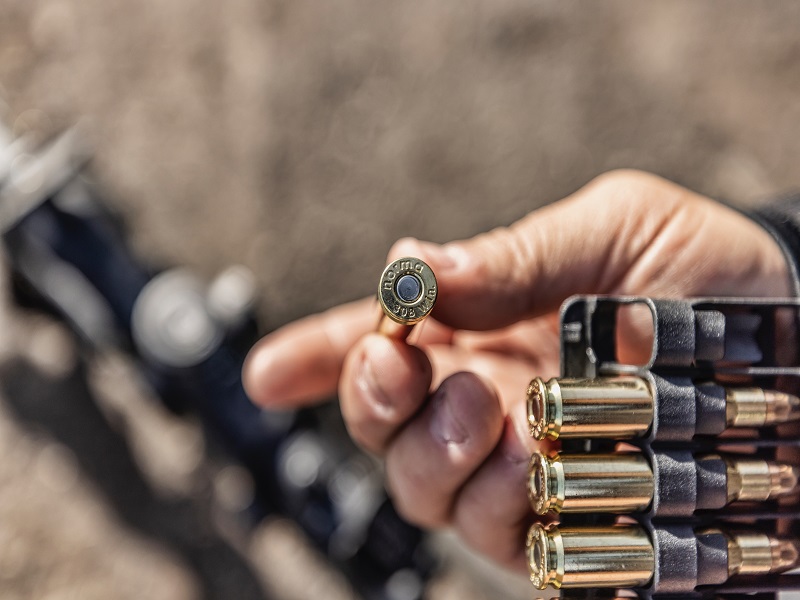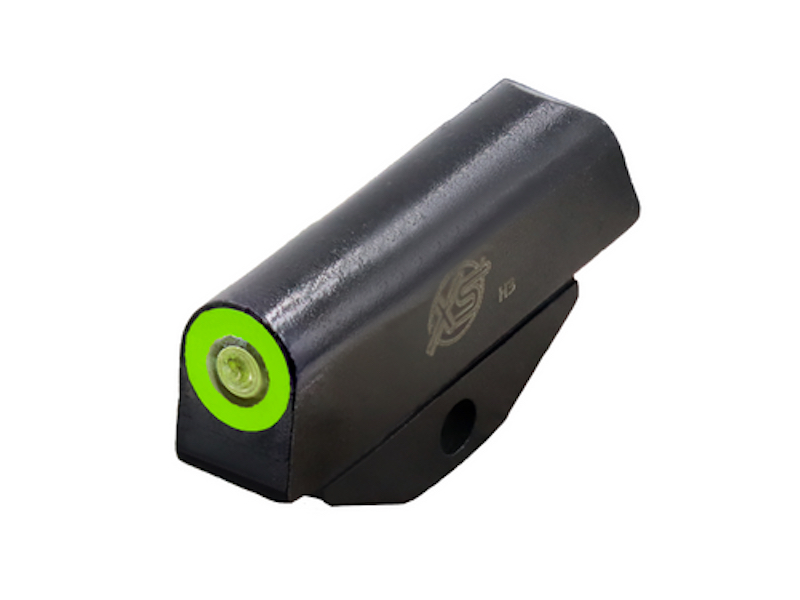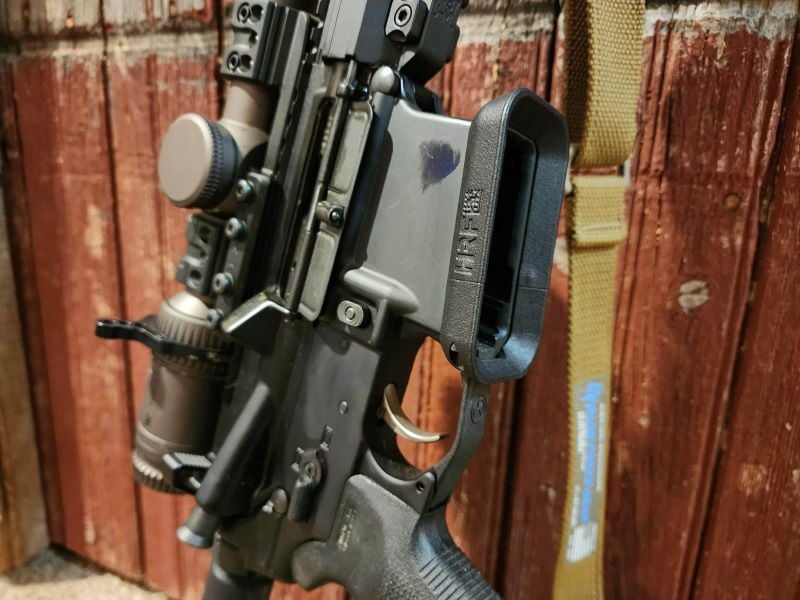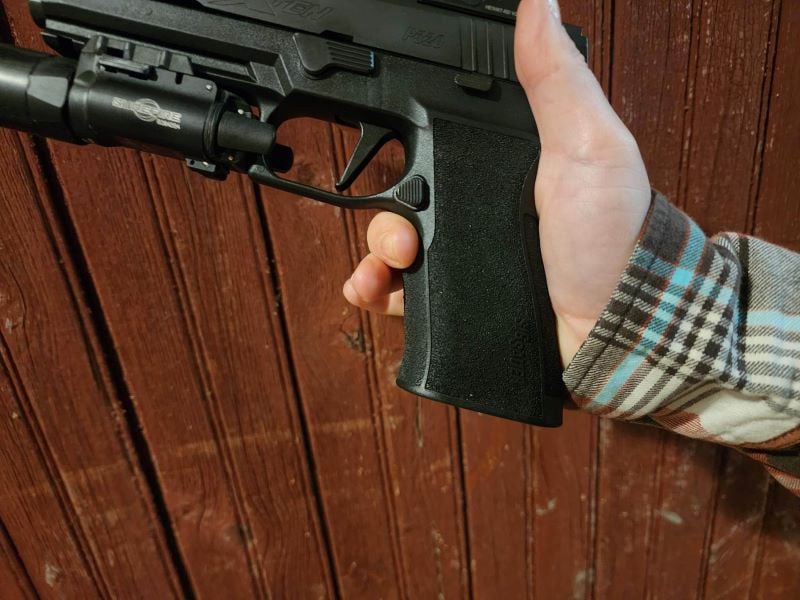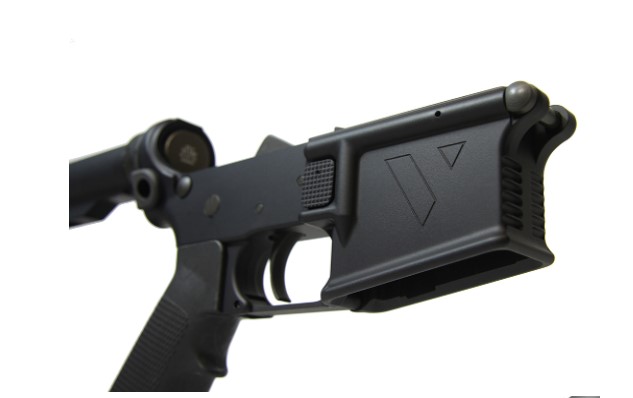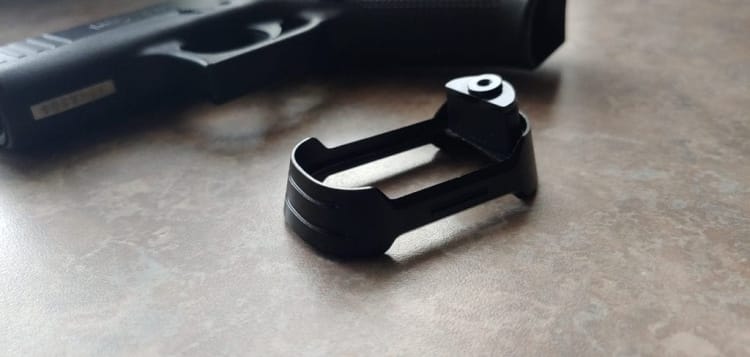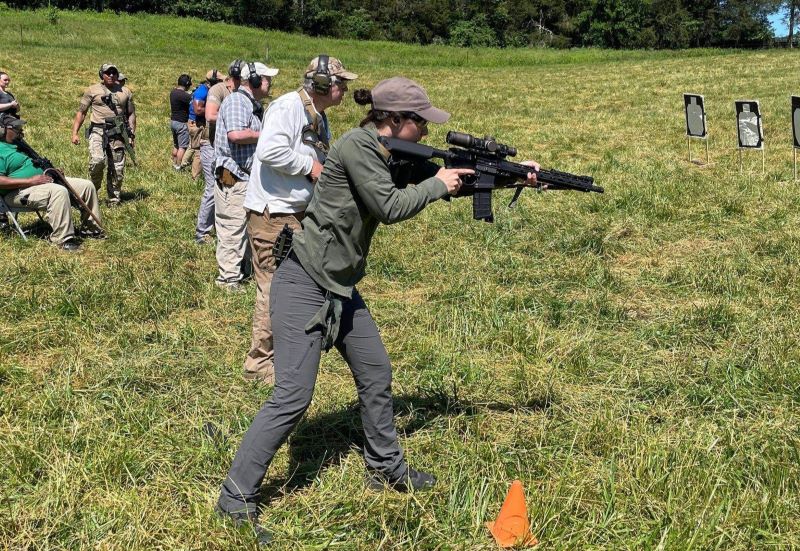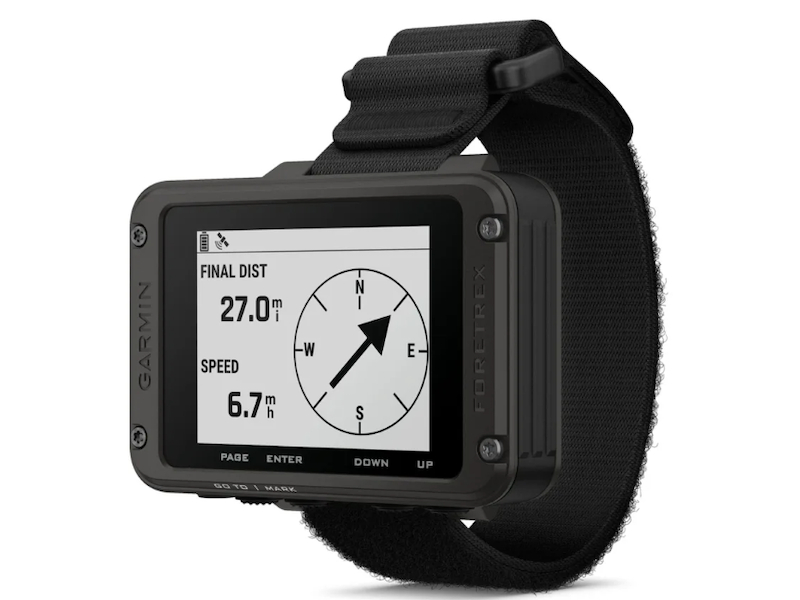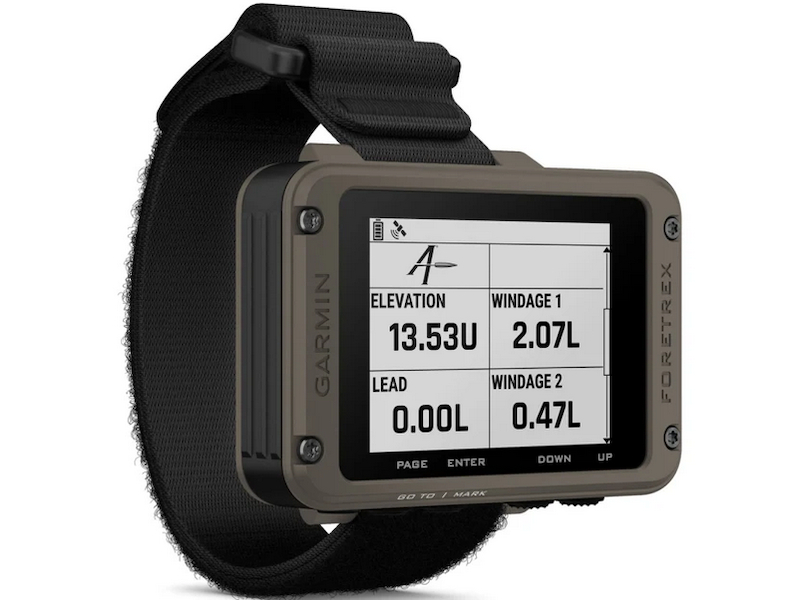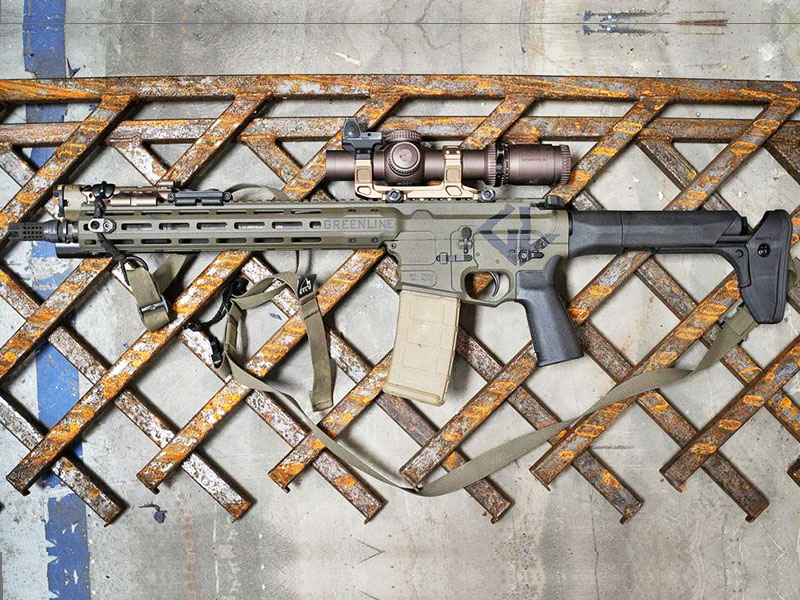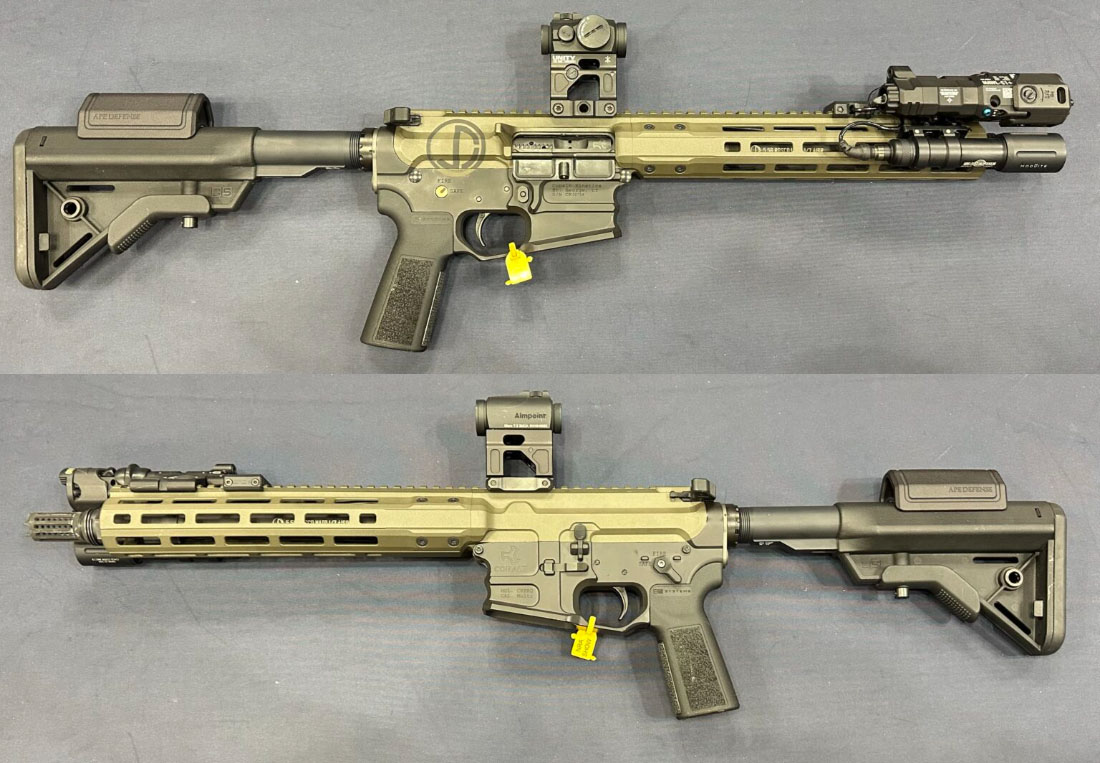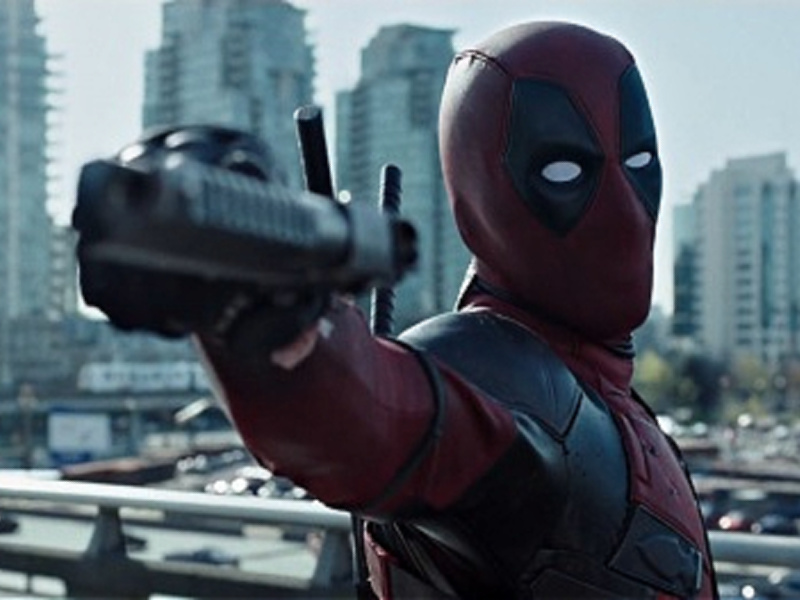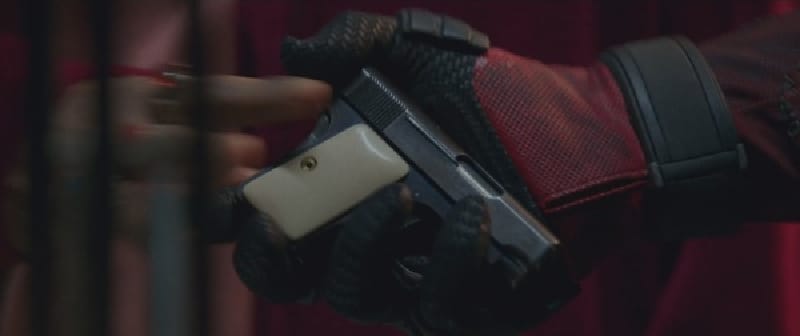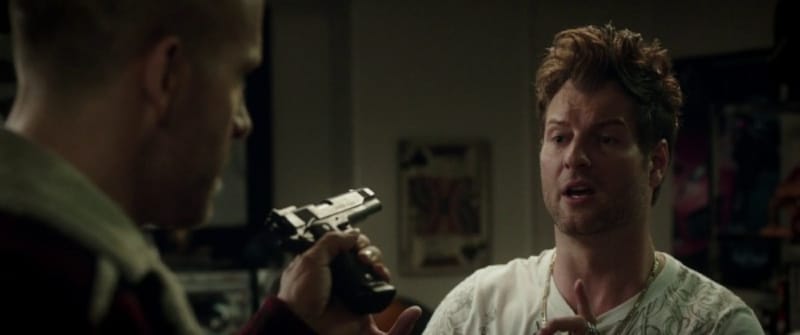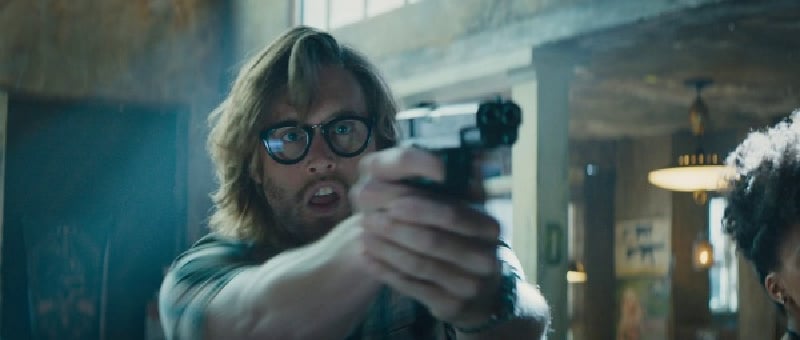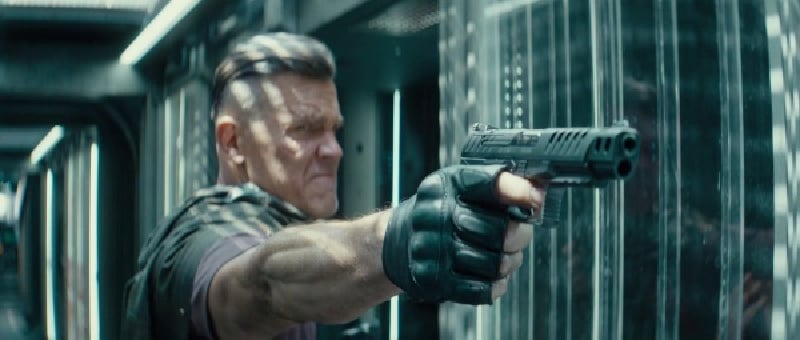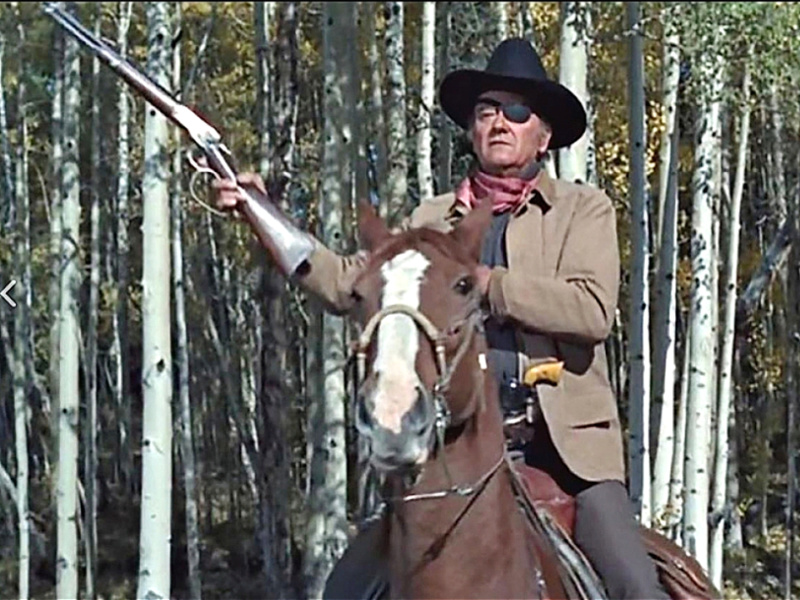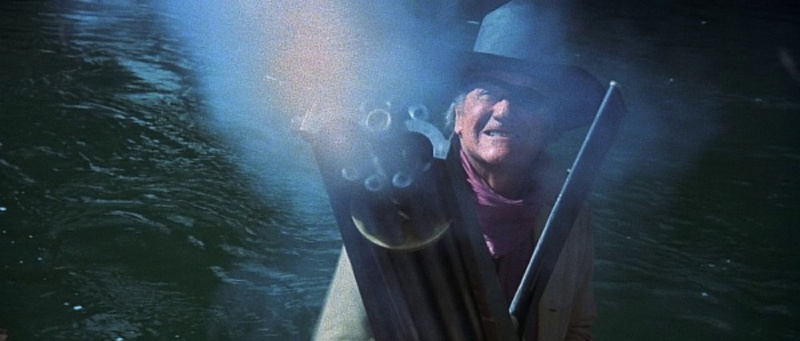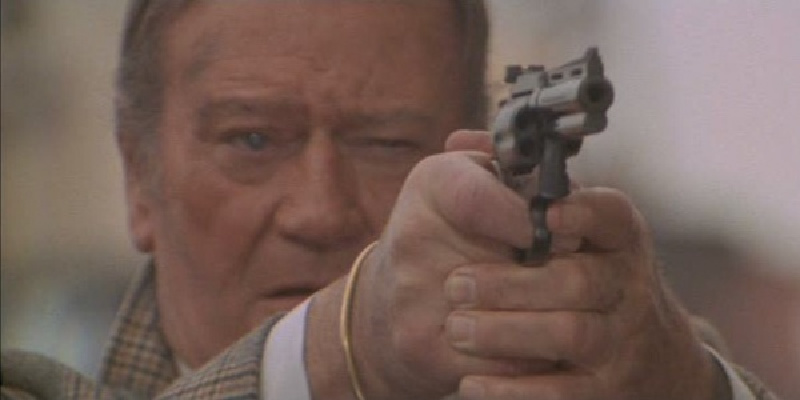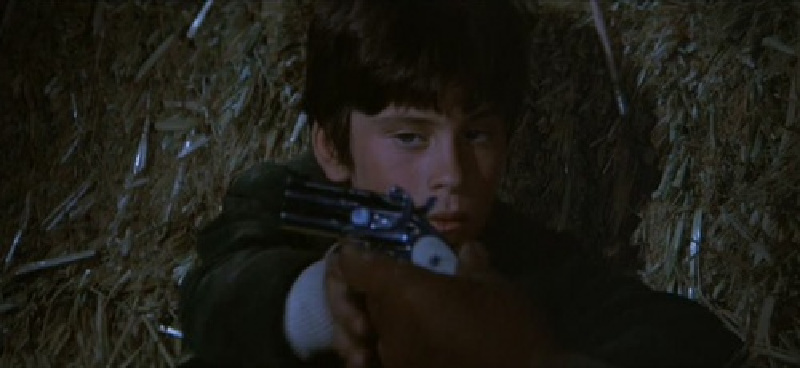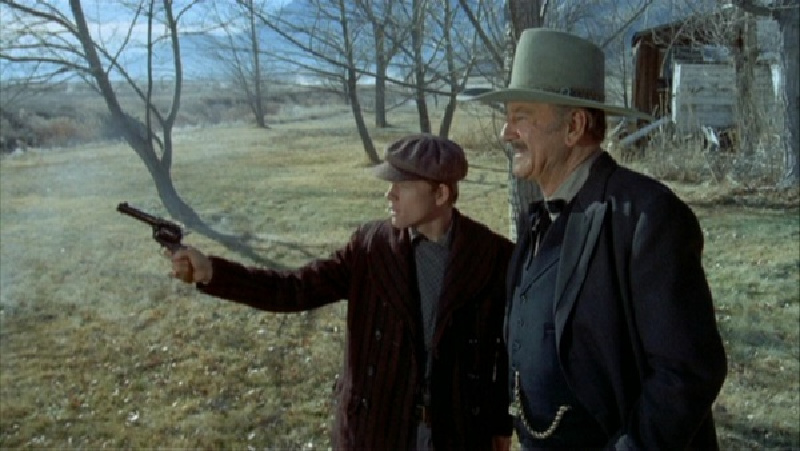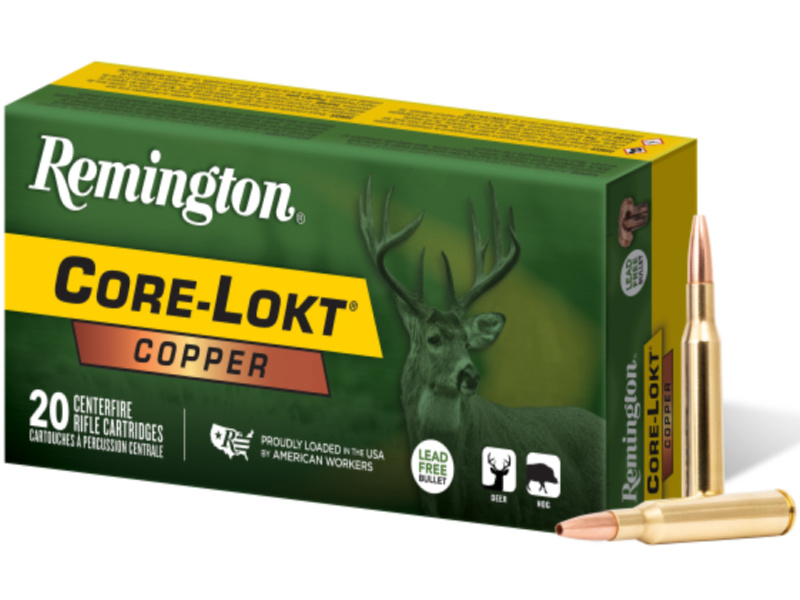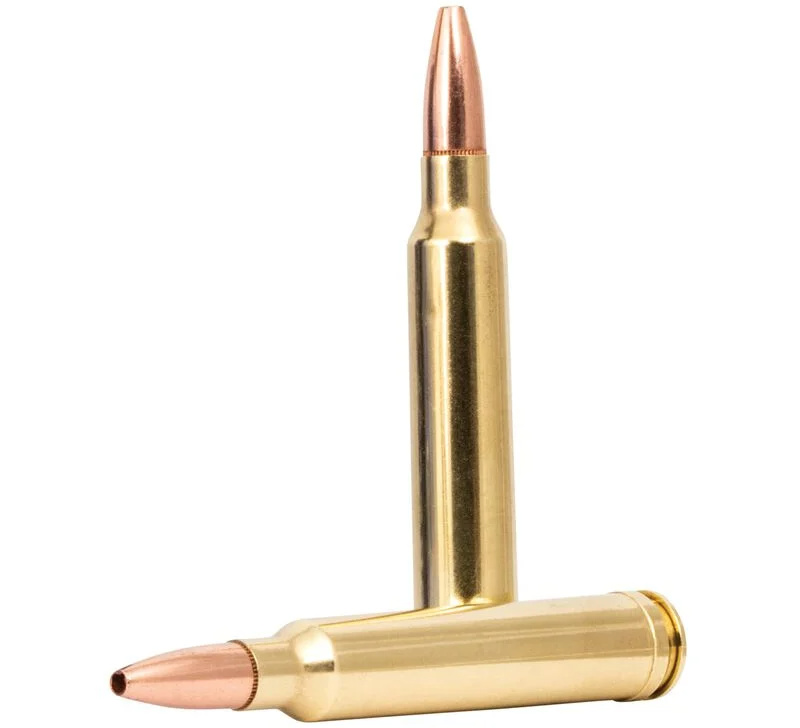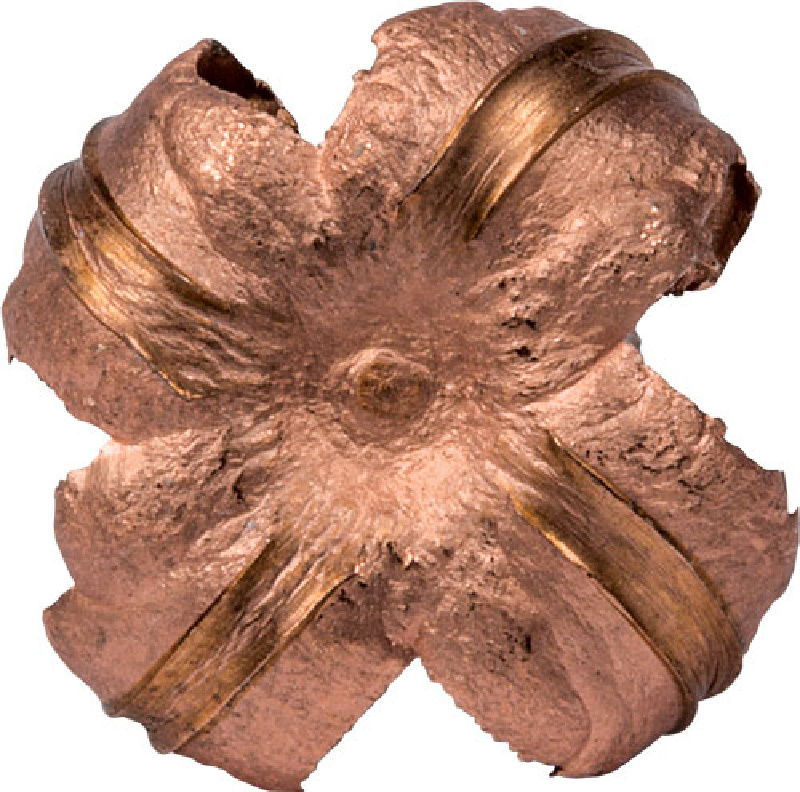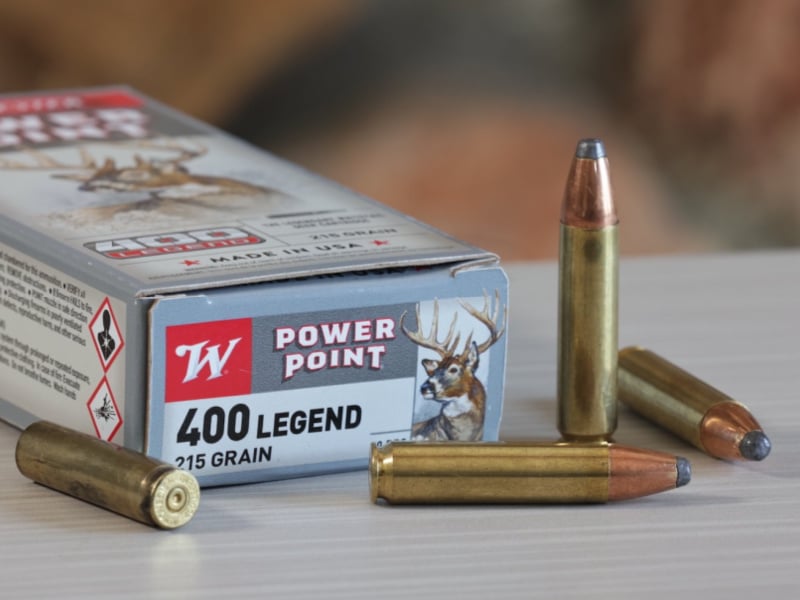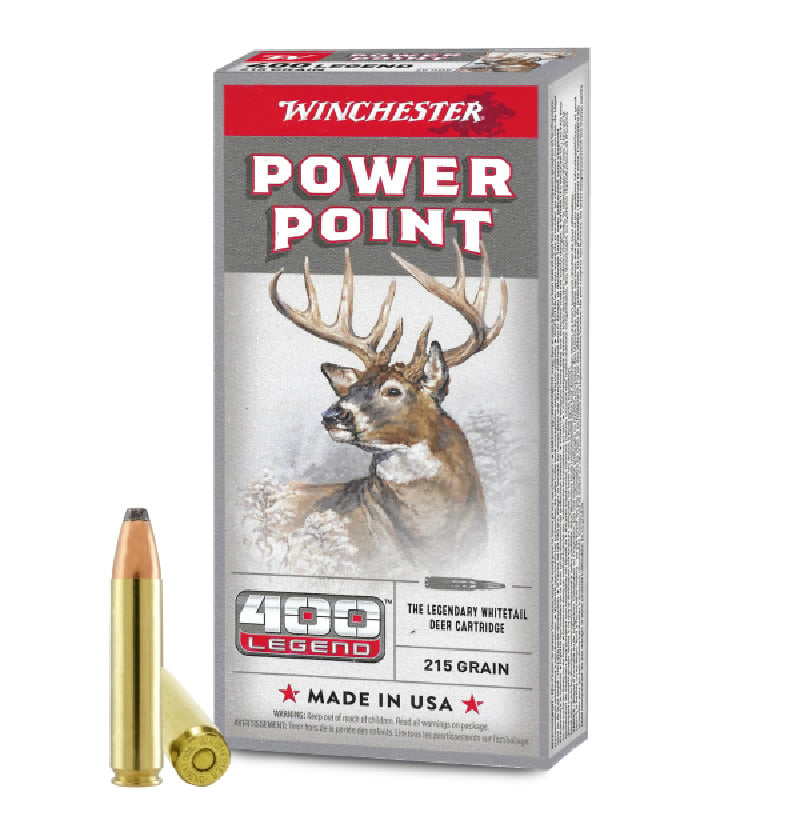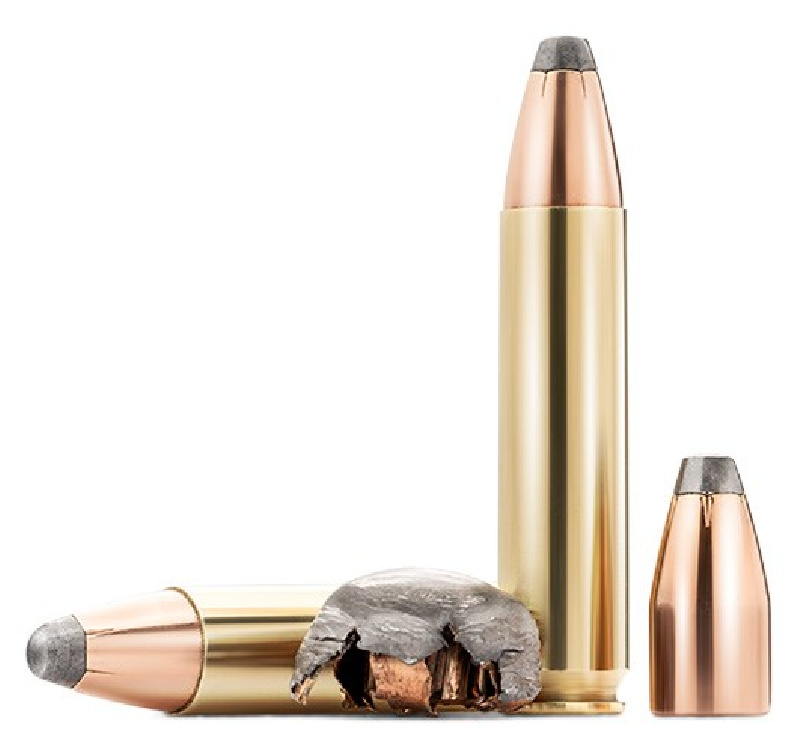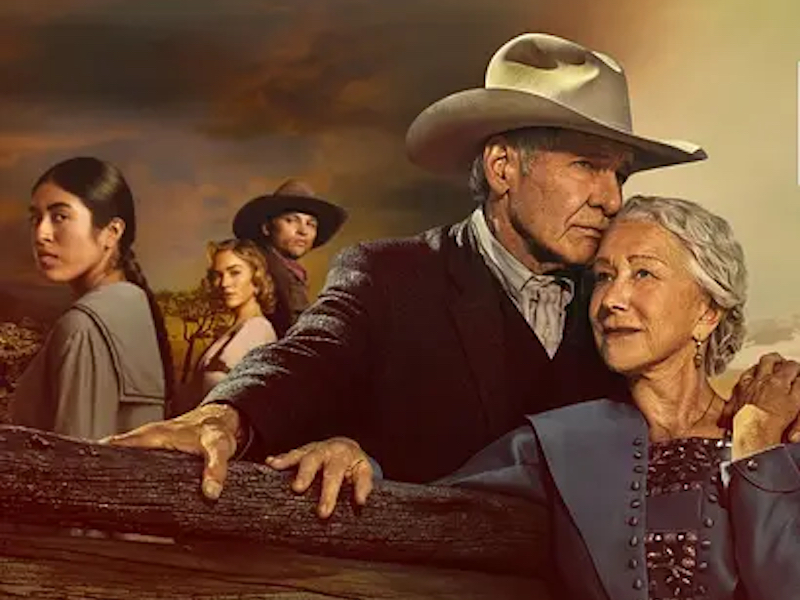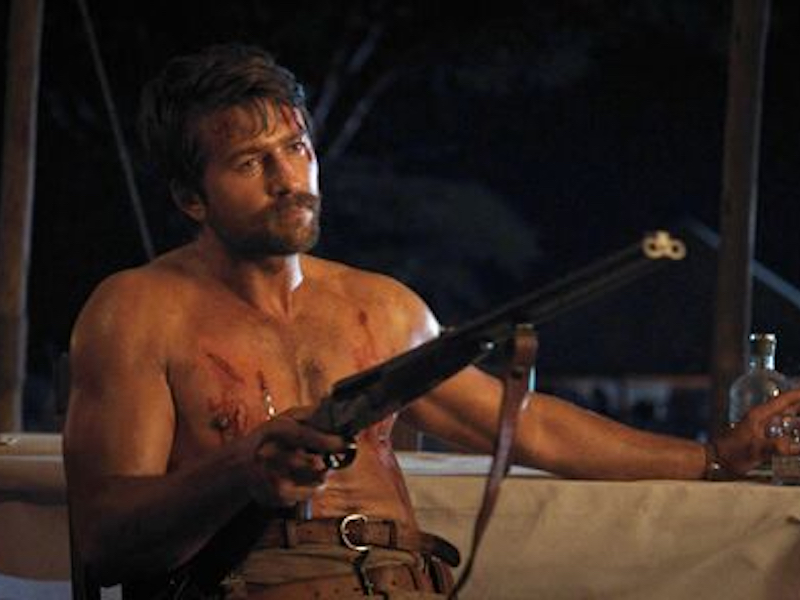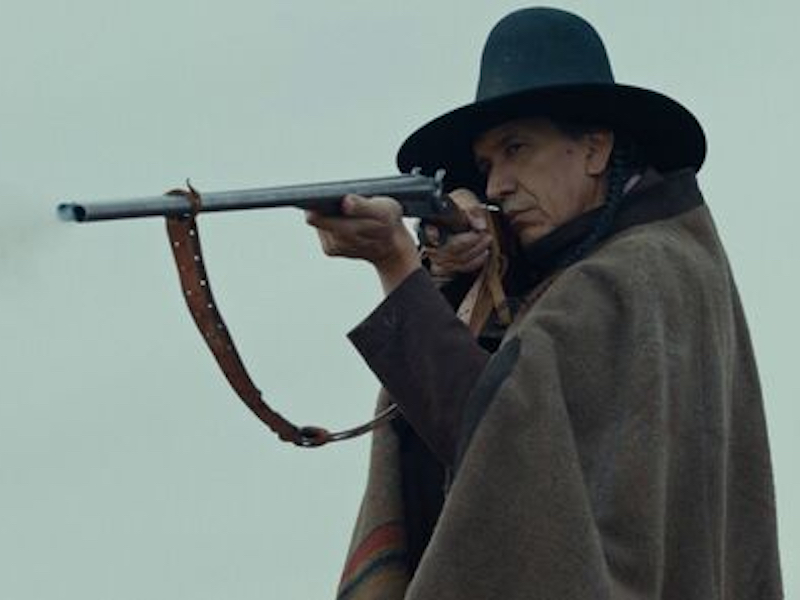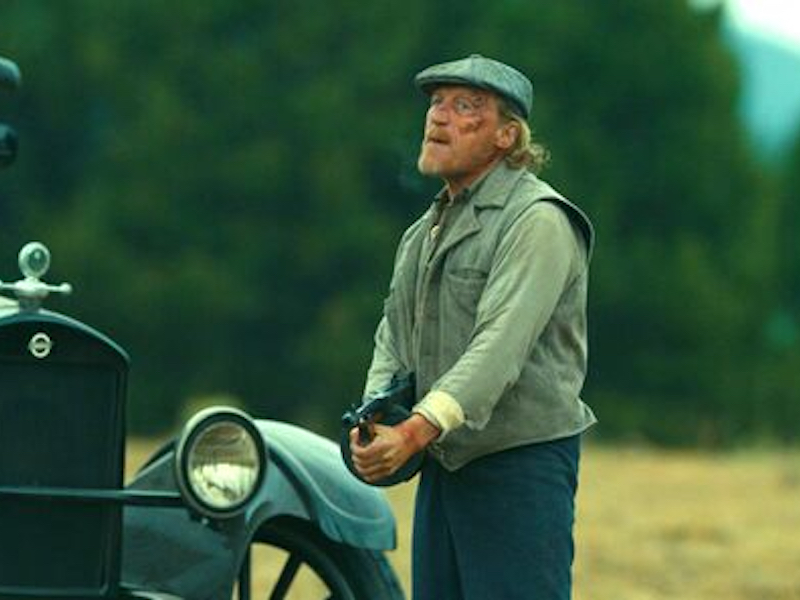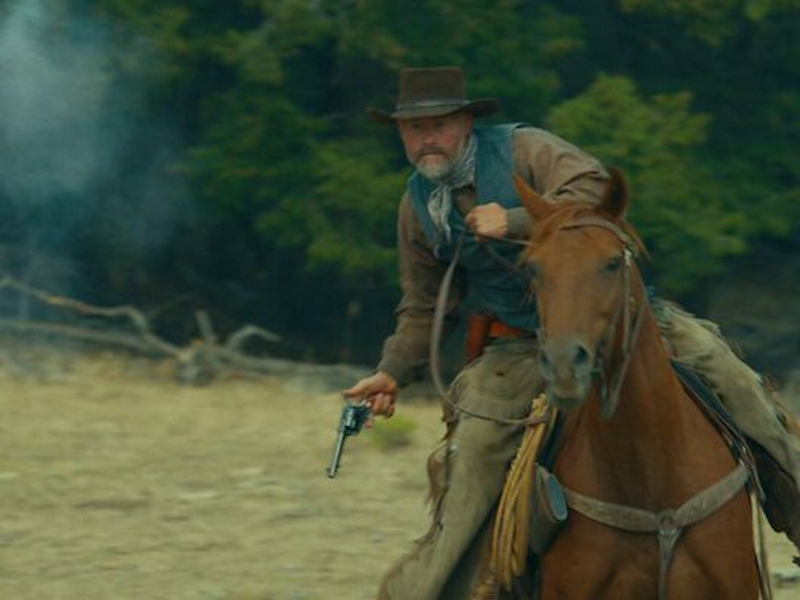The Importance of Match Ammunition
All too often, it seems, you’ll hear guys balk at the price of match ammunition and decide it’s just not worth it and instead focus on cheaper target ammo and claim that it works just the same. Nothing could be further from the truth. Sure, low-cost target ammunition has its place in the market, but its intended purpose is never to achieve long-range accuracy. And it shows.
Match Grade Ammo
Prices between match-grade ammo and standard ammo are vastly different. Many of the pricing fluctuations boil down to quality control, aiding in the consistency of each shot. Consistency with each shot from an external ballistic standpoint means that there is less deviation of the rounds upon impacting the target or near the target area. These considerations aside from individual marksmanship are usually the difference between an impact or miss. Understanding the importance of why match ammo is a wise choice for long-range shooting will aid the shooter in consistency with targeting and identifying issues that may arise.
Understanding the reasons why match-grade ammunition is important to buy and use in training long-range shooting is essential for anyone looking to engage targets at extended ranges. Match-grade ammunition is specifically designed to meet the demands of long-range shooting. Match-grade ammunition is manufactured to very high-quality control standards, ensuring that every round meets very precise specifications. This level of consistency is crucial when it comes to long-range shooting because it minimizes the variables that can affect accuracy, such as bullet velocity and trajectory. For those who are serious about long-range shooting, eliminating these variables can mean the difference between a hit and a miss. The ammunition is designed with accuracy in mind. Bullet profiles and weights are carefully chosen to provide the best possible ballistic performance, resulting in flatter trajectories and increased accuracy over longer distances. These precision-matched bullets also tend to have extremely low standard deviations in velocity and pressure, which further contributes to their consistency and accuracy.
Quality matters
Non-match-grade ammunition refers to ammunition that is not specifically designed for precision shooting or competition. This type of ammunition is often used for recreational shooting or general self-defense purposes. Deviations and inconsistencies can occur with non-match grade ammunition which includes variations in bullet weight, bullet shape, powder charge, and primer ignition. These factors can lead to variations in muzzle velocity, accuracy, and overall performance.
Additionally, the quality and consistency of the manufacturing process can vary between assorted brands and manufacturers, which can further affect the performance of non-match-grade ammunition. It is important for shooters to understand the limitations of non-match grade ammunition and to choose ammunition that is appropriate for their firearm and intended use. Regular practice and testing can also help identify potential issues with ammunition and ensure the rounds are consistently achieving their desired level of accuracy and performance.
BC Values
Ballistic coefficient (BC) is the measure of a bullet’s ability to maintain velocity in flight. It is a calculated value that considers the bullet weight, shape, and drag characteristics. A higher BC value means the bullet will maintain its velocity better, thus traveling farther and with less drop due to gravity. Typically, bullets with higher BC values are preferred for long-range shooting, as they offer better accuracy and consistent bullet trajectory over greater distances.
Quality Control
One of the benefits of using match-grade ammunition for practice and training is that it allows shooters to practice with the same ammunition they will use in competition or other real-world scenarios. This ensures that they are familiar with the behavior of their ammunition in various conditions and can make accurate predictions about how the bullet will perform at different distances and under different environmental conditions. Additionally, match-grade ammunition tends to be cleaner burning than standard ammunition, which contributes to the longevity and reliability of firearms. Because they are manufactured to higher standards, match-grade rounds tend to be more reliable and consistent in function, minimizing the chances of malfunctions or misfires. While match-grade ammunition can be an investment, the investment into using quality ammunition is essential for anyone looking to improve their accuracy and precision at long ranges.
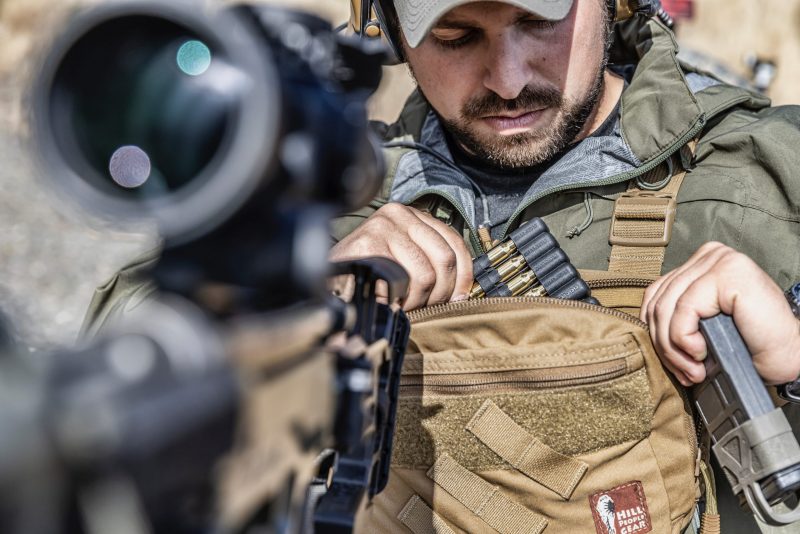
Dirty by the Dozen
The use of cheap, “dirty” ammunition can have detrimental effects on rifle barrels and your overall accuracy potential. Dirty ammunition is typically made with inferior materials and often contains a higher level of impurities, which can cause fouling and corrosion over time. Fouling is the term used to describe the buildup of combustion byproducts inside the rifle barrel after firing. When firing cheap ammunition, this buildup can occur more rapidly and can be increasingly difficult to remove, even with routine cleaning and maintenance. The accumulation of fouling can cause a range of problems, including decreased accuracy and precision, increased recoil, and a shortened lifespan for the barrel.
Corrosion is another issue that can occur with the use of low-quality ammunition. The presence of impurities or moisture in the ammunition can react with the metal of the barrel, causing rust and pitting. Corrosion can, in the worst cases, cause irreparable damage to the barrel, requiring complete replacement.
Another issue that can arise from the use of cheap ammunition is excessive wear on the barrel. This can happen if the bullet is not properly sized to fit the bore of the barrel, causing it to rub against the rifling. Over time, this can result in a loss of accuracy and cause the barrel to become unsafe to fire. While it might be tempting to save a few bucks by using cheap ammunition, the potential damage to your rifle’s barrel is not worth the cost savings. Invest in quality ammunition that is designed to work with your rifle, and you will be rewarded with improved accuracy, increased reliability, and a longer lifespan for your firearm.
In short, it’s wise and highly advisable that you invest in quality ammunition, especially when long-range accuracy is the goal. It’s more costly in the short term than cheap target ammo, but is it really worth sacrificing the reliability, safety, or accuracy potential of your rifle?

